Understanding how to fill a 5,000-gallon trailer waste tank is essential for efficient operation and maintenance. Below is an in-depth guide that outlines the step-by-step process, key considerations, and best practices. This document is structured to assist users in navigating the complexities of waste tank filling, ensuring you are well-informed and equipped to handle the task effectively.
Table of Contents
- Introduction to Waste Tanks
- Pre-Filling Preparations
- Filling Process
- Common Issues and Troubleshooting
- Post-Filling Procedures
- Conclusion
- FAQs
Introduction to Waste Tanks
Waste tanks are critical components in numerous industries, serving to contain and transport liquid waste. Especially for trailer-mounted tanks, understanding the nuances involved in the filling process aids in optimizing operational efficiency. These tanks come in various sizes, with a common capacity being 5,000 gallons.
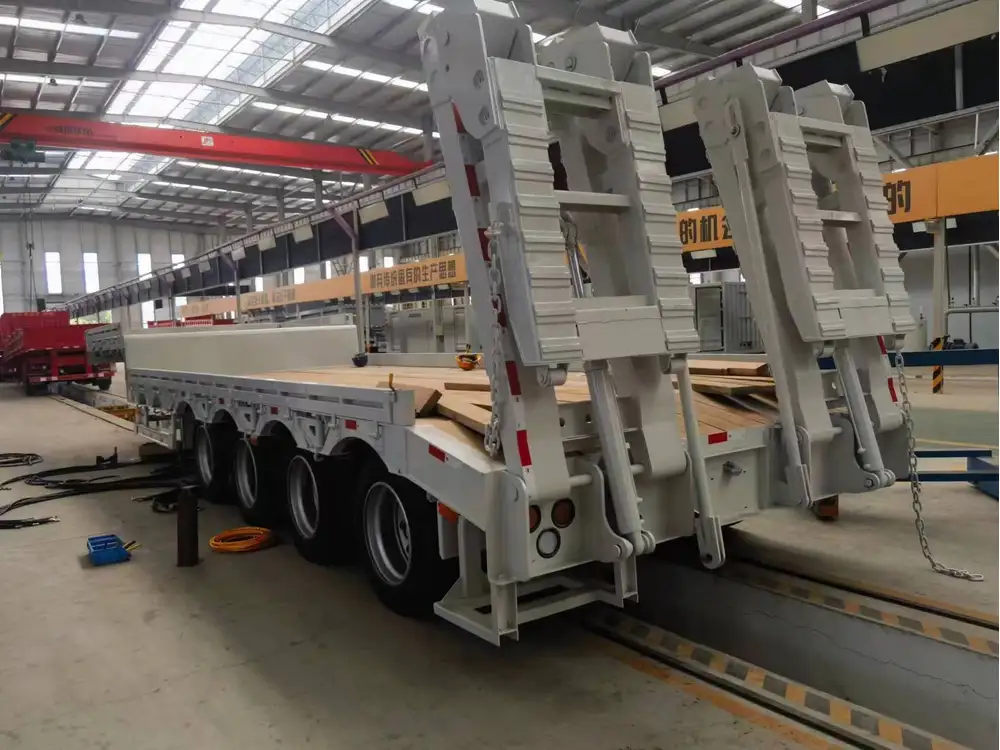
Application Areas
- Construction Sites: For capturing on-site debris and wastewater.
- Event Venues: To manage sanitation requirements without public access to sewage systems.
- Municipal Services: For effective waste disposal and treatment.
Understanding how to fill these tanks properly is paramount for safety and efficiency during waste management operations.
Pre-Filling Preparations
Before embarking on filling a waste tank, one must ensure thorough preparations are undertaken. This section details the requisite steps to ensure the task is conducted efficiently and safely.
Safety Considerations
Personal Protective Equipment (PPE):
- Wear gloves, goggles, and appropriate clothing to protect against spills and splashes.
- Respiratory protection may be necessary if fumes are generated.
Site Assessment:
- Evaluate the area around the waste tank for hazards such as trip hazards or leaks.
- Ensure proper ventilation if filling indoors or in confined areas.
Regulatory Compliance:
- Familiarize yourself with local laws and regulations regarding waste disposal and transportation.
- Make sure appropriate waste permits are obtained.
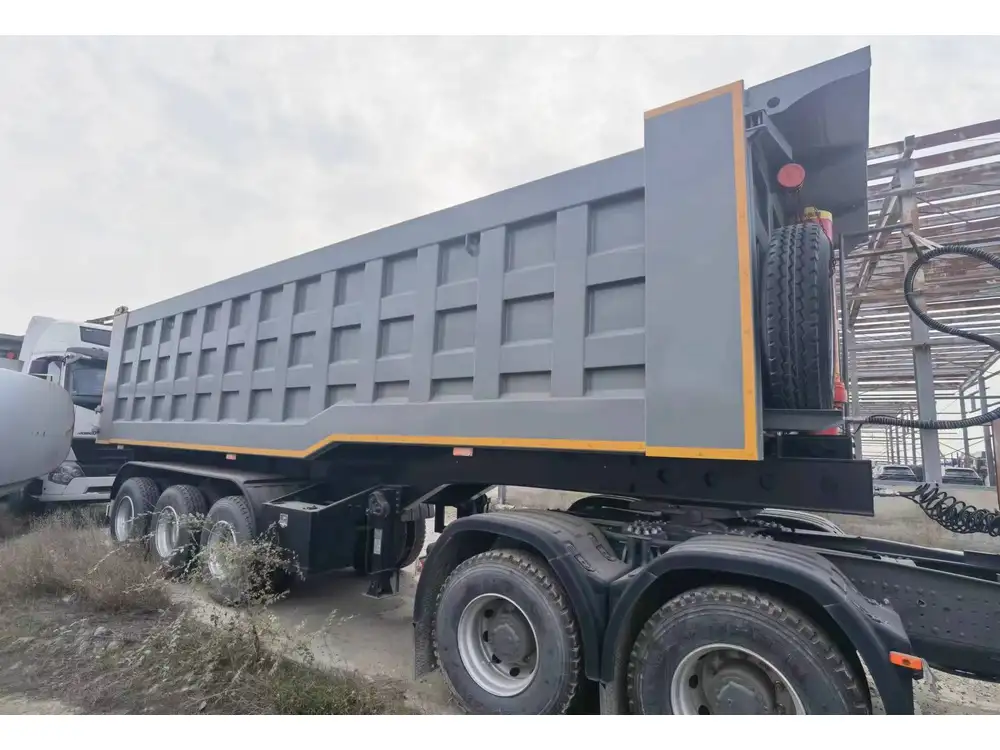
Equipment Checks
Checklist Before Filling
| Equipment | Checkpoint | Status |
|---|---|---|
| Trailer Waste Tank | Inspect for leaks and structural integrity | [✔️/❌] |
| Filling Hose | Confirm no cracks or obstructions | [✔️/❌] |
| Pump System | Test operational efficiency | [✔️/❌] |
| Spill Prevention Kit | Ensure availability and readiness | [✔️/❌] |
Tank Specifications
Ensure that the waste tank is designed to accommodate the type of waste you are filling. Consult the manufacturer’s specifications regarding materials and adjustments to maximize performance.
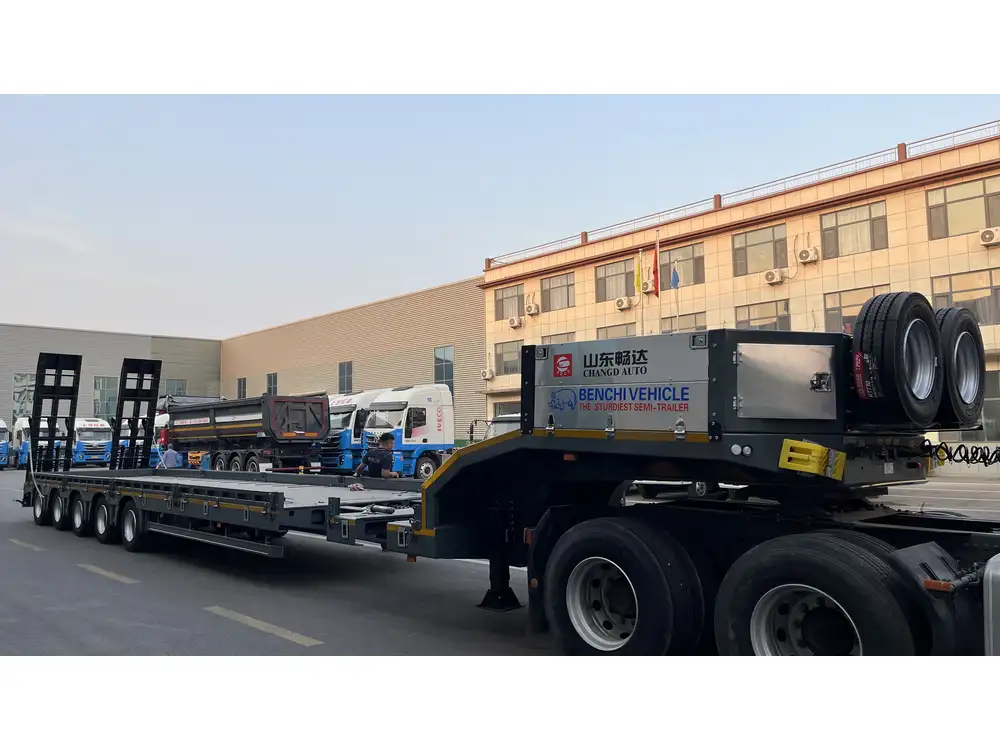
Filling Process
Filling a 5,000-gallon waste tank involves multiple considerations to ensure proper filling. Below, we lay out a systematic approach.
Step-by-Step Filling Method
Positioning:
- Place the trailer on a flat, stable surface, ensuring proper stability.
- Position the tank close to the waste source while maintaining a safe distance from any hazards.
Connection:
- Connect the discharge hose from the waste source to the inlet of the waste tank securely.
- Ensure all connections are tight to avoid leaks.
Ventilation:
- Open any necessary vents on the trailer waste tank to facilitate equal pressure and prevent vacuum buildup during filling.
Initiate Filling:
- Turn on the pump to begin waste transfer.
- Monitor the flow rate and ensure it remains steady; avoid abrupt changes.
Regular Checks:
- Regularly check the tank’s sight glass or gauge (if available) to monitor the fill level.
- Maintain constant awareness of the surrounding area to respond promptly if any leaks or spills occur.
Stop When Full:
- Cease filling once the gauge indicates the tank is full (do not exceed the tank’s capacity).
- Turn off the pump and carefully disconnect the hoses.
Common Issues and Troubleshooting
Being prepared for potential issues during the filling process is essential for smooth operations.
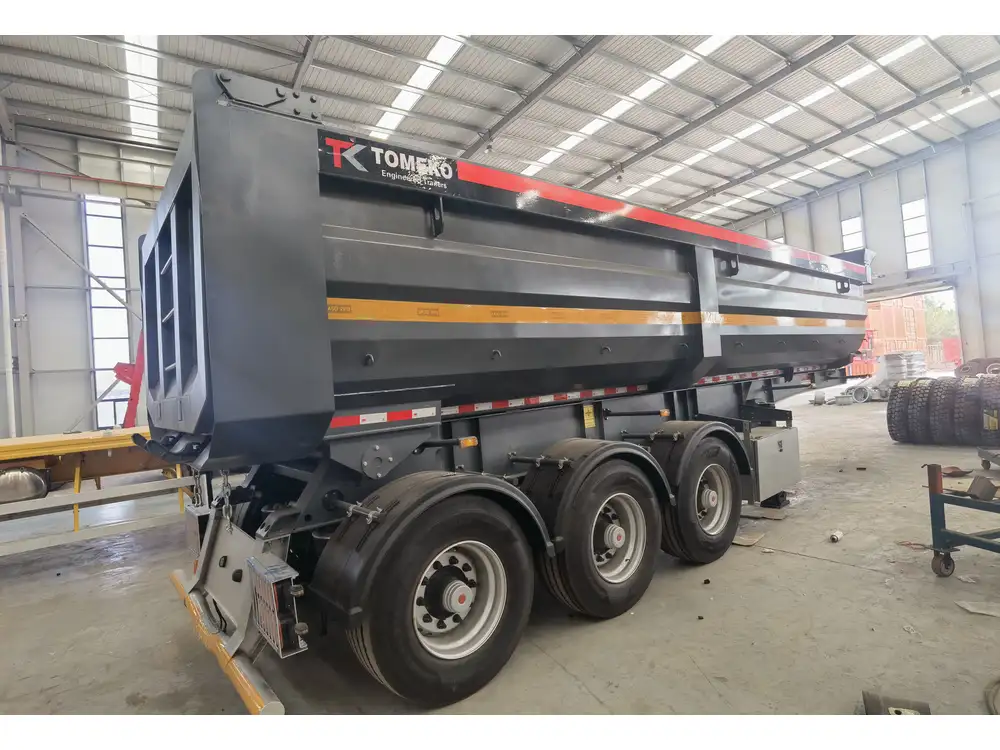
Problem Identification
| Issue | Potential Cause | Solution |
|---|---|---|
| Overfilling | Faulty gauge or improper monitoring | Regularly check fill level; install an overflow prevention device |
| Leaks from connections | Worn gaskets or hoses | Replace gaskets; tighten connections |
| Slow fill rate | Blocked hoses or pump issues | Inspect and clean hoses; check pump functionality |
Additional Inquiries
Questions may arise during the filling process, such as how to effectively clean the tank or manage waste types. Always refer to resource guides and operational manuals specific to your tank model.
Post-Filling Procedures
After successfully filling the trailer waste tank, there are crucial steps to conclude the operation effectively and safely.
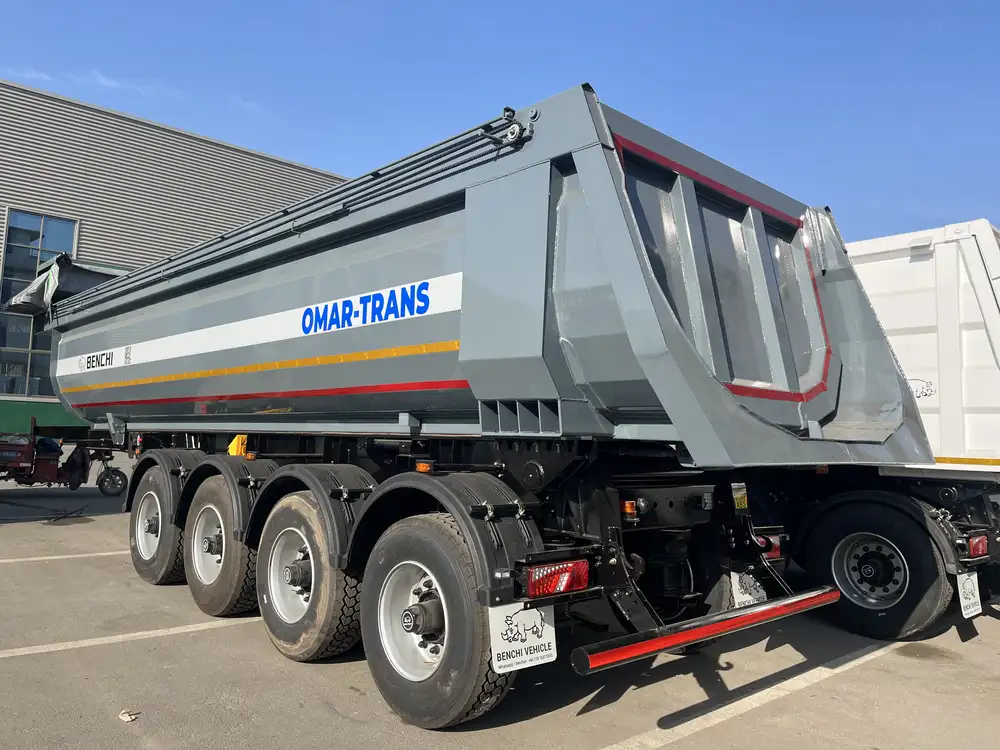
Closing Procedures
- Disconnect Hoses: Ensure all hoses are carefully detached to prevent spills.
- Seal Vents: Secure all vent openings to avoid contamination and odors.
- Inspect for Leaks: Conduct a thorough inspection of the tank and surrounding area for any leaks or spills.
- Cleaning Tools: Clean any used equipment, including hoses and pumps, to avoid cross-contamination of waste types.
Documentation
Maintain a record of:
- Volume filled
- Waste type
- Date and time of filling
- Any issues encountered during the process for future reference.
Conclusion
Filling a 5,000-gallon trailer waste tank is a task that, while straightforward, requires careful consideration and adherence to safety protocols. Following the outlined procedures will not only enhance your operational efficiency but also ensure compliance with regulatory standards.
Investing time in proper training and preparation will ultimately lead to safer, more effective waste management practices within your operation.
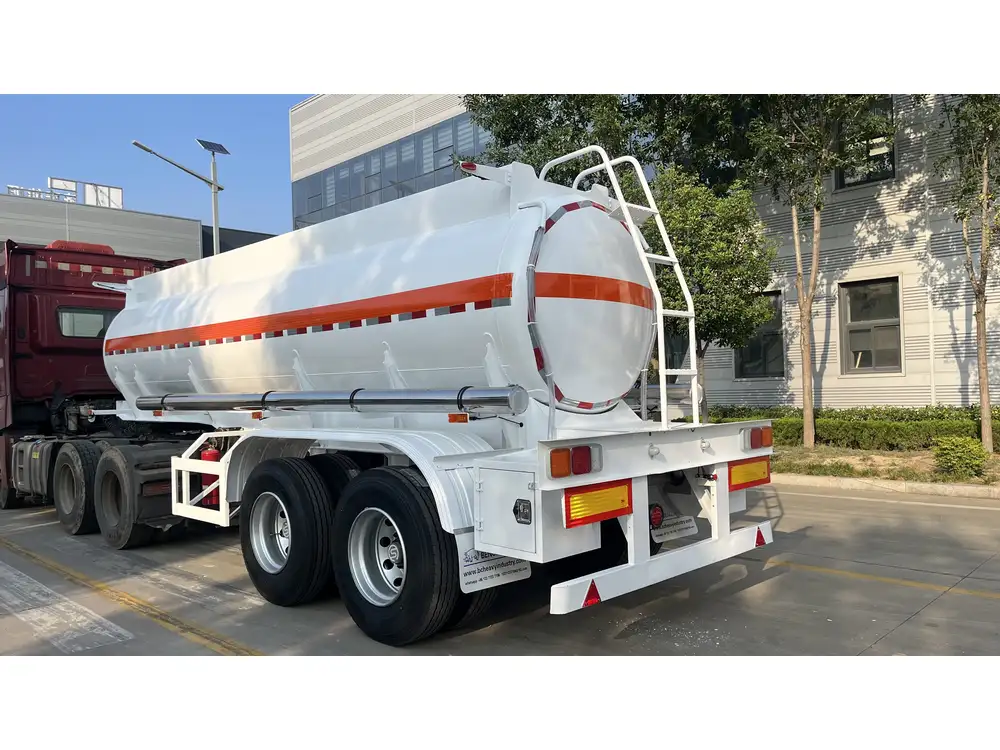
FAQs
How often should I fill the waste tank?
Filling frequency depends on usage and capacity; however, regular monitoring of the waste levels will provide guidance.
What types of waste can go into a trailer waste tank?
Typical applications include sewage, industrial wastewater, and other liquid waste materials. Always refer to your tank specifications.
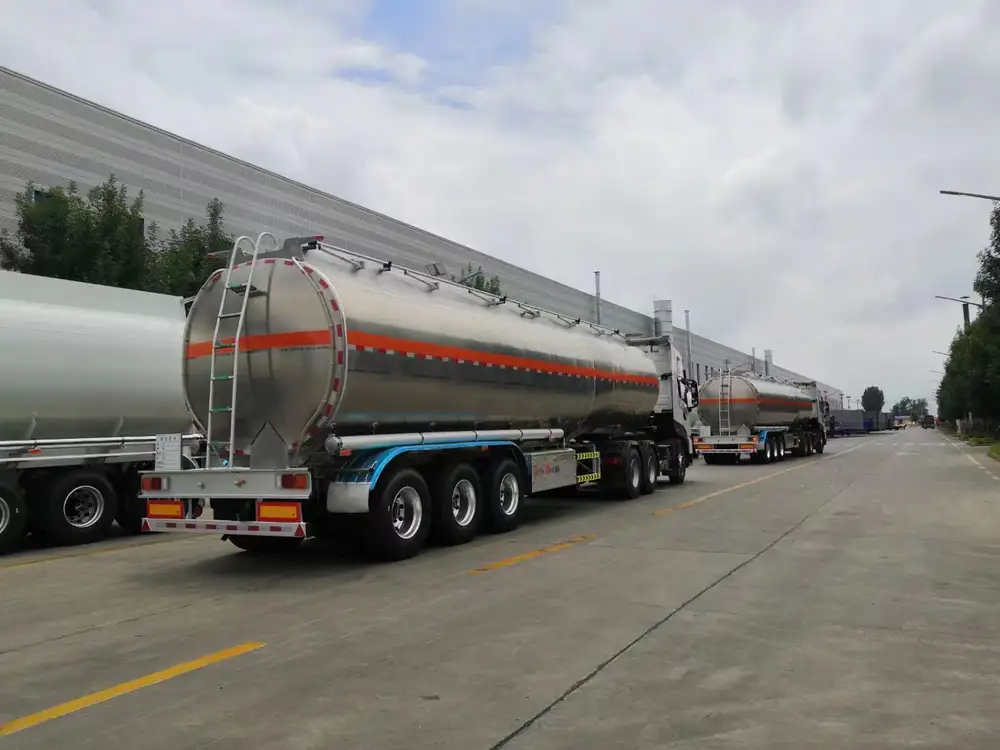
Do I need a special permit for waste transport?
Permits vary by location; consult local regulations for waste transport laws.
Can I perform filling procedures alone?
While possible, it is highly recommended to have another person assist for safety and efficiency, especially for larger tanks.
What should I do in case of spills?
Immediately implement spill response protocols, using safety equipment, and contact local authorities if necessary.
By understanding and implementing these comprehensive guidelines, operators can enhance both the effectiveness and safety of filling 5,000-gallon trailer waste tanks.



